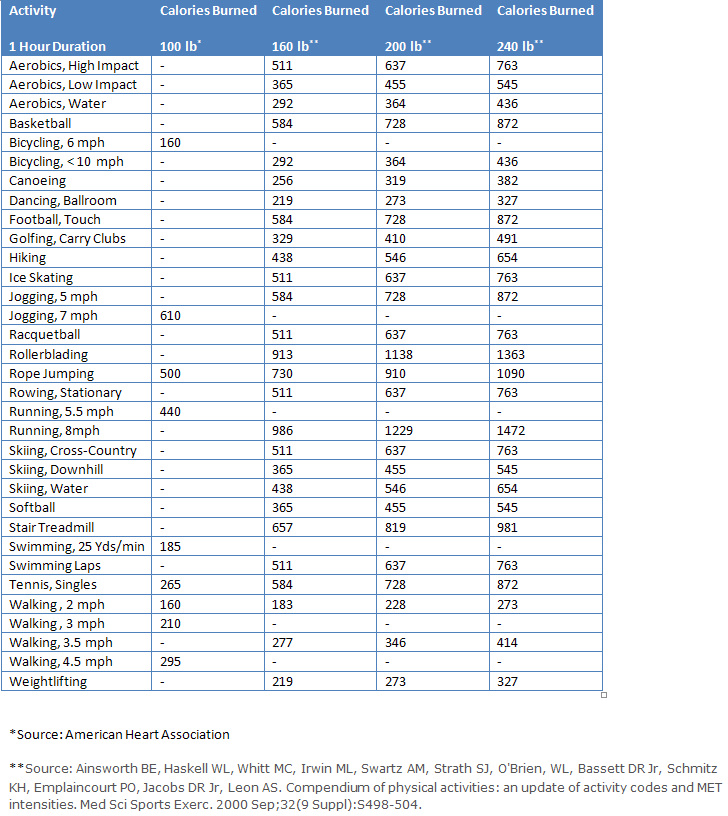|
Exercise And A Proper Diet Can Reduce Our Overweight Health RisksOur exercise program combined with a nutritional and balanced diet can lower our overweight health risks. You can use the Calorie Chart below to help you decide which activity is best for your workout routine. We are above the upper limit of what is considered a healthy weight if our Body Mass Index (BMI) is above 25. We are considered obese if our BMI is above 30.
Check out the great membership offers from 24 Hour Fitness! Why Reduce Our Weight? According to the American Heart Association,
Stay Away From Fad Diets There is no magical cure for being too heavy. It's unreasonable to expect a miraculous weight loss. We need to find an everyday eating plan that keeps the weight off and also provides the right balance of calories and nutrition. We need a lifetime commitment of discipline and willpower to remain at a healthy weight. We must turn our diet and workout programs into a lifestyle that leads to lifelong weight control. If we can do that, we will live a longer and healthier life. What Is The Body Mass Index (BMI)? The BMI is an easy way to identify possible weight problems. It is a simple diagnostic tool based on weight and height to determine if we have a potential weight associated health problem. The Body Mass Index formulas are
Body Mass Index Calculator You can use the BMI Calculator below to determine your BMI number. The BMI number is categorized as
You can use the chart below to decide which activity is best for your workout routine. The information below shows the calories burned in 1-hour duration of each activity.
Click to build a website and make money from your home!
From Exercise Reduces Overweight Health Risks to Exercise Routine BenefitsToExercise | 5 Components Of Physical Fitness | ExPrograms | Lifting Weight Home | Site Map | Privacy Policy | Contact Us
|








